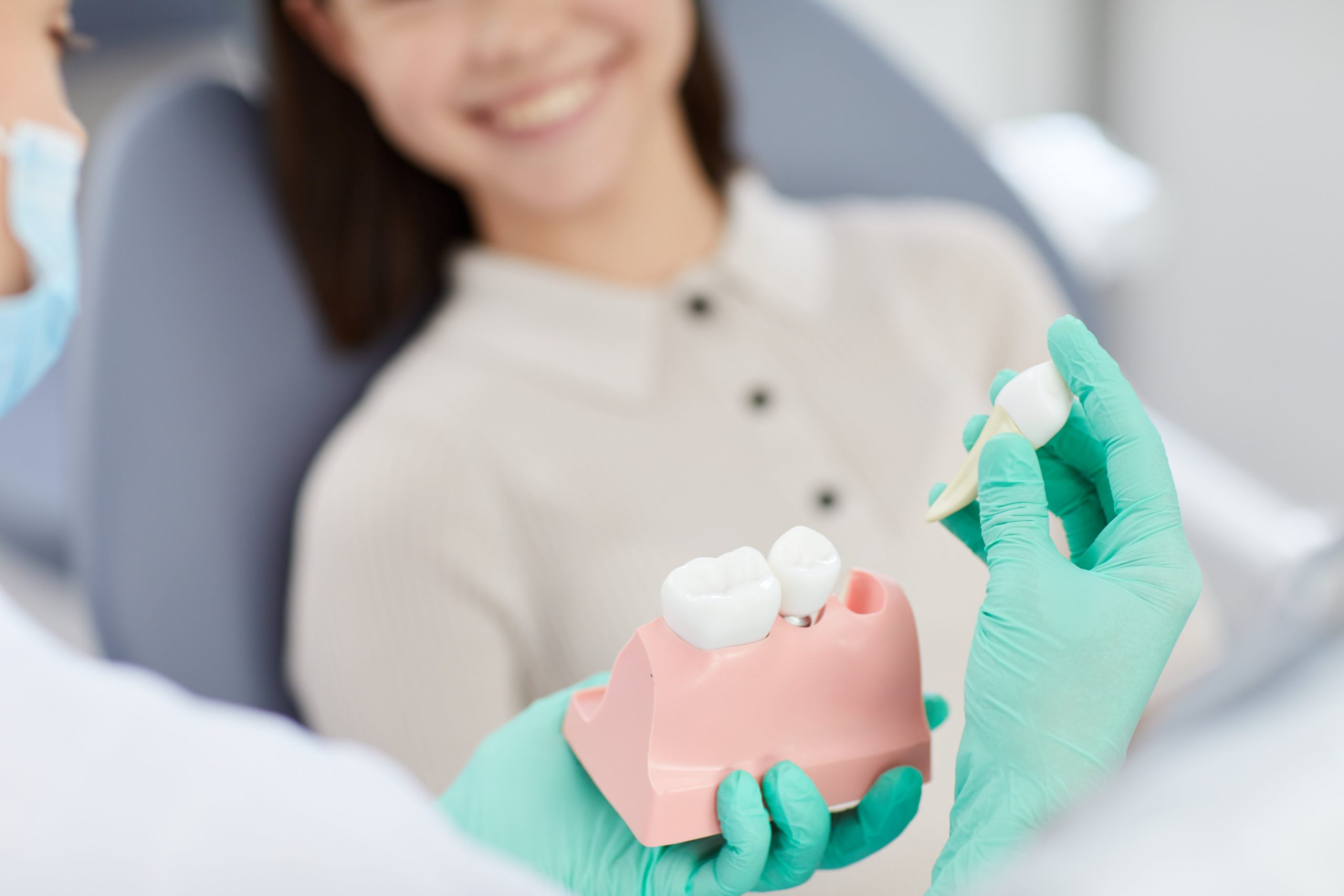Despite advances in dental technology, tooth extraction is another treatment that remains up-to-date. Tooth extraction is planned as the last choice in most cases.
So when is a tooth extracted?
- In cases where the infection cannot be controlled with non-extraction treatments
- In some cases of space constraints
- Vertical tooth fractures
- In advanced caries where only root tissues remain
- During cyst and tumor operations
- In case of a plus tooth
- It can be applied if wisdom teeth erupt in an inappropriate direction.
When a tooth extraction decision is made at Lotus Dental, this treatment can be planned after the approval of more than one specialist. Extraction treatments are planned according to the type of tooth to be extracted, the method of tooth extraction to be applied and, if necessary, additional treatments to be performed after extraction. In our clinic, operative extractions are performed by Maxillofacial Surgery Specialist Dr. Erdem Kaya.
Tooth extraction with general anesthesia
In cases where pathologies such as cysts and tumors are surgically operated, necessary tooth extractions, if any, are performed simultaneously. General anesthesia is preferred as a safer and more successful method in terms of the difficulties that may arise in providing local anesthesia, especially in enlarged or infected cystic/tumoral lesions, and the psychological fatigue of the patients.
Tooth extraction for orthodontic purposes
In tooth extractions for orthodontic purposes, permanent tooth extraction can be applied after the joint decision of the orthodontist, pediatric dentist and maxillofacial surgeon. In such cases, the effect of tooth extraction on orthodontic treatment, the aesthetic and functional results that may occur in the following years are first evaluated in detail by orthodontists. The patient and his/her parents are informed and the tooth extraction can be performed after obtaining their consent.
Wisdom tooth operation
Extraction of wisdom teeth is one of the most frequently asked questions and confuses our patients. Dr. Erdem Kaya’s advice on this subject is as follows:
- If the wisdom teeth have found enough space in the jaw curve and have erupted at a proper angle and in sufficient amount, extraction is not necessary.
- If the impacted wisdom teeth do not cause any pathology in the surrounding tissues, they can be left without surgery provided that they are followed up with regular checks every year.
When should wisdom teeth be removed?
- Wisdom teeth can be extracted if they have erupted in the wrong direction due to lack of space in the jaws and therefore the patient cannot perform daily care in this area.
- Wisdom teeth can be extracted if they have not erupted completely and are covered with some gum and therefore infections occur frequently around them.
- Wisdom teeth can be extracted if they cause the development of pathologies such as root erosion and caries in neighboring teeth.
- Wisdom teeth can be extracted if the orthodontist has recommended the extraction of wisdom teeth for prophylactic purposes before or after orthodontic treatments.
- Wisdom teeth can be extracted if the antagonist tooth that provides closure opposite the wisdom teeth has been extracted, congenitally missing or impacted, and ulcerative infections occur in the gingiva as a result of the wisdom tooth hanging here and compressing the gingiva in this area.
- If there are cystic or tumoral formations around impacted or erupted wisdom teeth, wisdom teeth and pathological lesions can be surgically removed.




